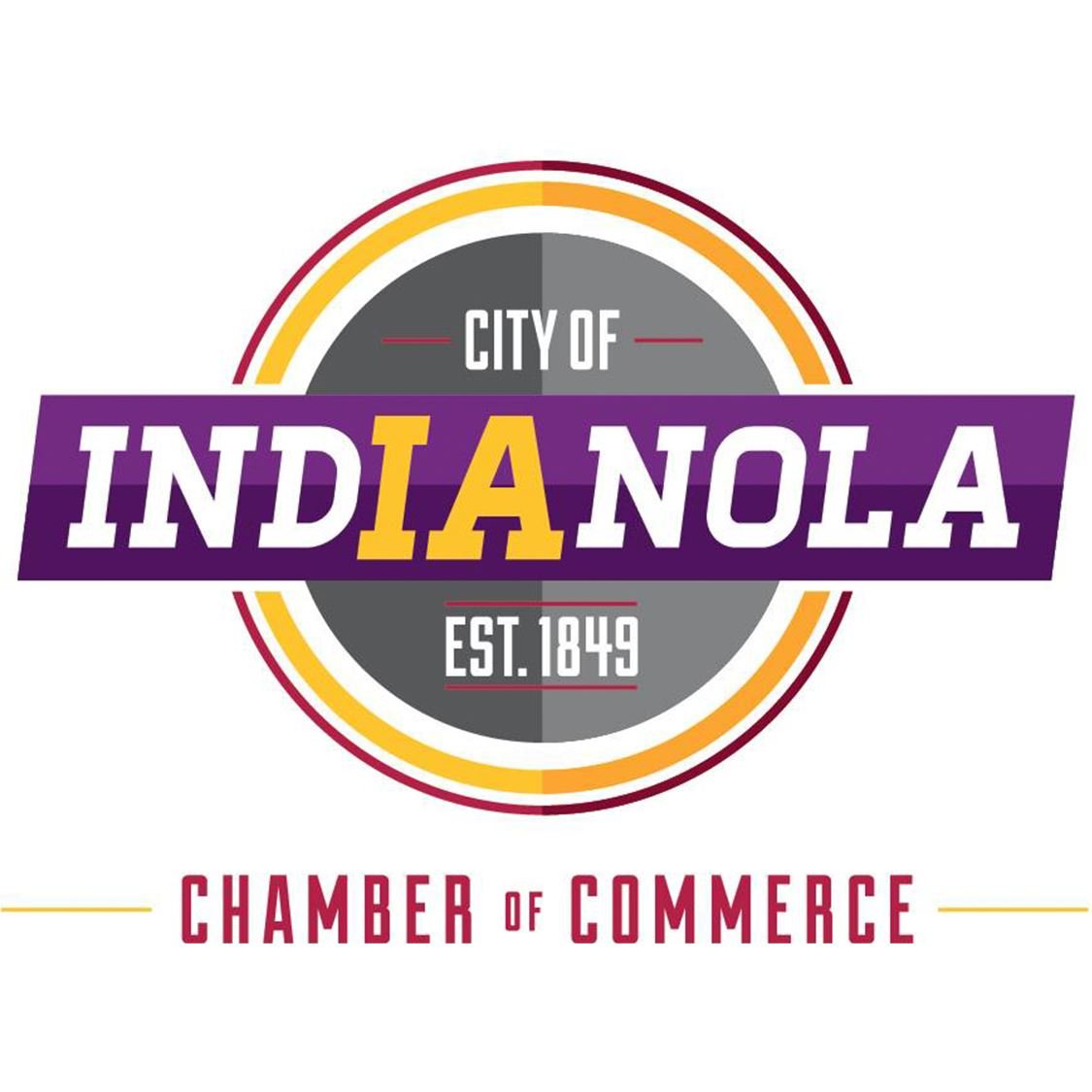As we enter a period of renewal and change, Your Clear Next Step is committed to helping our customers make their businesses and workdays even better. We will be here to walk beside you, to listen, to connect, and to aid in your search for clarity. In doing so, we are offering a free, daily Zoom call, called Daily Connections, at 1:15pm (CDT) every weekday from 3/19/2020-5/1/2020.
These calls are a chance for us to share tips and discussion about relevant topics (working remotely, maintaining consistency in uncertain times, building relationships across geography, staying motivated, staying connected, etc) and network with each other to provide help and support during this time of change.
Thank you to everyone who was able to join us today! The next call will be Tuesday, March 31st at 1:15pm (CDT). Click here to join.
On today's call...
Sinikka shared a few tips about Contingency Planning. To get everyone on the same page, she started by defining a couple terms.
- Disaster Recovery Planning is planning for how you will handle and recover from an emergency or disaster. It generally has the vital, essential, or most important pieces accounted for, and the rest – those things that are less mission-critical – receives less attention.
- Contingency Planning is a risk mitigation strategy that lets us figure out what alternative (such as “plan B”) we will pursue if “plan A” stops working, fails, or if it doesn’t work the way we thought it would. It often has a specific desired outcome.
- Succession Planning is a leadership approach in which we develop new leaders who can replace existing leaders when they move on, retire, or leave the company. A mentor once taught me I should always be training my replacement, which is a form of succession planning.
Many organizations implemented their disaster recovery plans over the past few weeks, and several of us are living out the disaster recovery plan right now. As leaders, we should always be thinking of our succession planning – if you’d care for more tips on this, that’s one of the topics we cover in our Lead the Way virtual coaching program. Today, I really want to talk about contingency planning. Here are some of the topics I want us to be considering…
- If we keep the social distancing and the working remotely for 2 weeks, 4 weeks, 8 weeks, etc.
- If someone on your team is temporarily pulled away because they or a loved one are sick or injured (any of the things that were true before COVID-19 and will be true again).
- If someone on your team is diagnosed with COVID-19 and what that does to the interactions within the team.
- If one or more members of your team are laid off or their hours reduced further, and the work can’t all get done.
How to create a contingency plan
- Understand the resources – take an inventory of the work and the tools and people available to do the work (we talked about this step in our Daily Connections call last Thursday. See the recap here.)
- Identify and prioritize the risks – taking a cue from our risk management curriculum, this is “if…then…
- Create the contingency response
- Communicate the contingency response
- Keep the contingency response fresh (enough)
Here were some ideas and questions shared by the group:
- Doing this sort of planning as a team is a good idea. Even if the people gathered for the planning aren’t the ones responsible for the tasks being discussed, it’s good to have redundancies.
- When you enter disaster recovery, you are thrust into it. But it's important to think ahead a bit and move towards your contingency plan, instead of hanging out in disaster recovery.
- Our contingency plan aligned the person who does the task today, as well as the backup person in case they can't do the task anymore. We also included due dates and necessary materials to complete the tasks.
- You think you have redundancy, but when it comes time to actually take over for someone (in the case of illness or, even job transitions) you realize you might not be as prepared as you think you are.
- This situation is making us try out new ways of doing things, like virtual training for cross training within our team and for volunteers, that will actually make us better and stronger in the long run.
- On the topic of virtual training and virtual meetings, the breakout rooms in Zoom are super useful. Learn more here.







